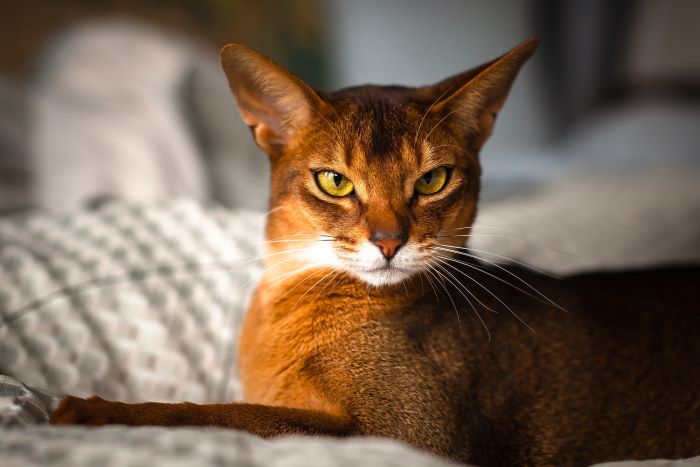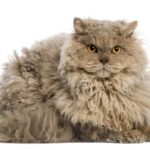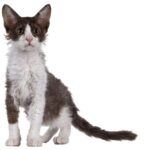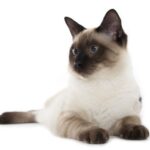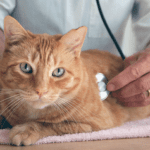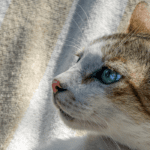A loyal and loving pet, this slinky, graceful cat is curious, full of energy, and needs space to play and explore.
There are various accounts of the Abyssinian’s history, including the attractive but highly improbable story that it descends from the sacred cats of ancient Egypt. A more plausible version suggests that its forerunners might have been brought back from Abyssinia (now Ethiopia) by British soldiers when the Abyssinian War ended in the late 1860s.
However, genetic studies have shown that the Abyssinian’s ticked coat pattern may have originated in cats from coastal areas of northeastern India. What is certain is that the modern breed was developed in the UK, most probably by crossing tabby British Shorthairs with a more unusual, possibly imported, breed.
With its athletic build, aristocratic bearing, and beautiful ticked coat, the Abyssinian is a striking cat with a hint of “wild” about it—like a small mountain lion. The original, known as “usual,” color is a rich, earthy reddish brown; other colors include fawn, chocolate, and blue.
Intelligent and affectionate, Abyssinians make wonderful companions but they like an all-action life, with plenty of human company through the day.
Bright-eyed
All ears and eyes, Abyssinians are alert and perpetually on the go. Almost everything engages the interest of these hyper intelligent cats, and they need plenty of regular stimulus.
Zula
A story widely repeated in accounts of the Abyssinian’s history suggests that the breed’s founder may have been “Zula,” a cat brought to England by an army officer returning from the 1868 British military campaign in Abyssinia (now Ethiopia).
Abyssinians were exhibited at Crystal Palace, London, in the early 1870s, but there is no record that they were descendants of Zula. A drawing of this cat, published in 1876, shows little resemblance to the modern breed, other than a ticked coat.
Origin: UK, 19th century
Breed registries: CFA, FIFe, GCCF, TICA
Weight range: 9–17lb (4–7.5kg)
Grooming: Weekly
Colors and patterns: Several color forms, all with distinct ticking and facial markings.

With a Ph.D. in Veterinary Science and over 9+ years of experience in feline research and care, Lila Rose is the ultimate authority on all things cat-related. As a passionate advocate for feline health and well-being, she brings a wealth of knowledge and personal insights to Catpedia.net. From understanding intricate behaviors to providing the best care tips, her expertise ensures that cat enthusiasts receive accurate and practical information. Follow her feline adventures and updates on Facebook at CatsPedia7.
